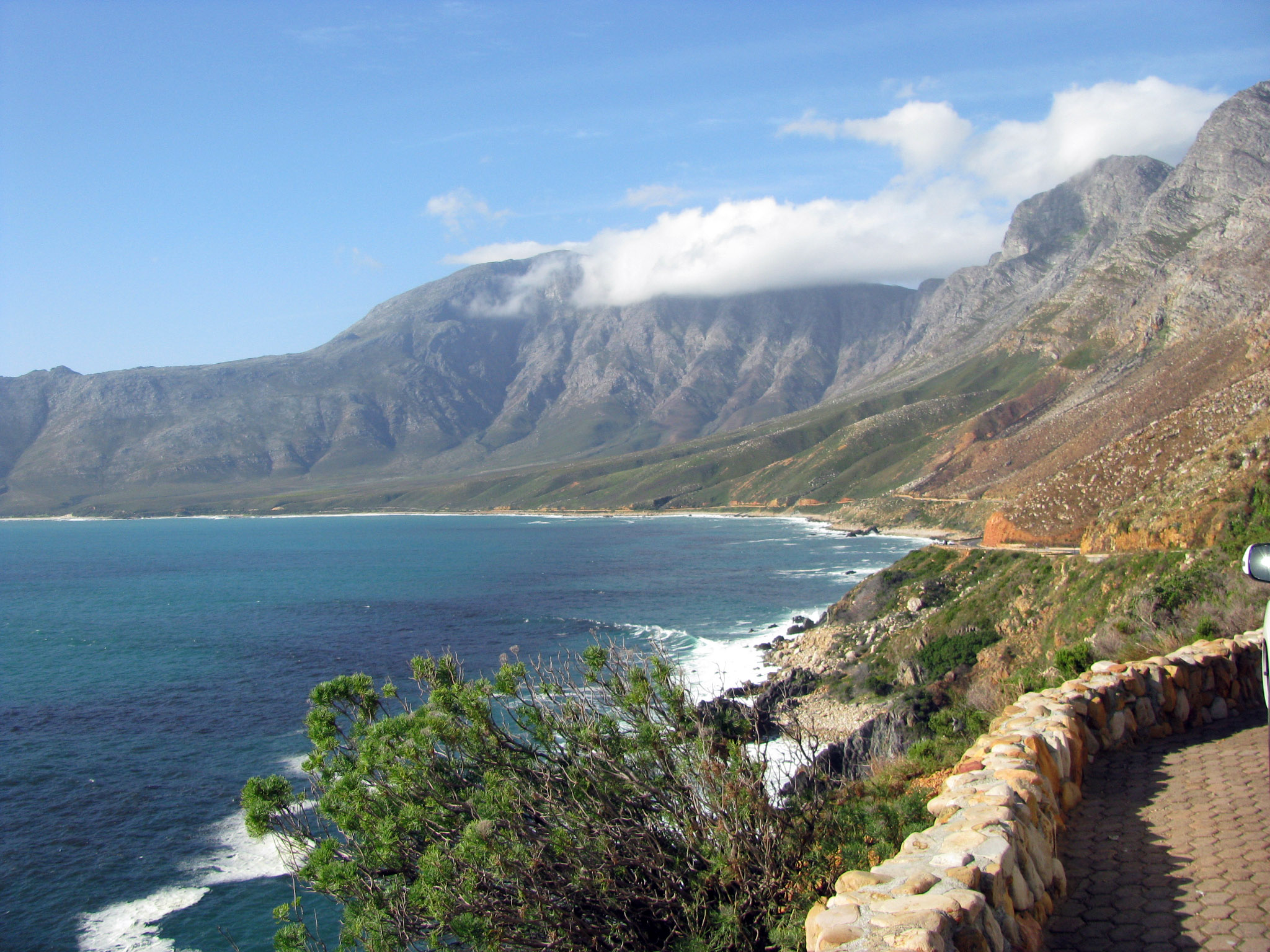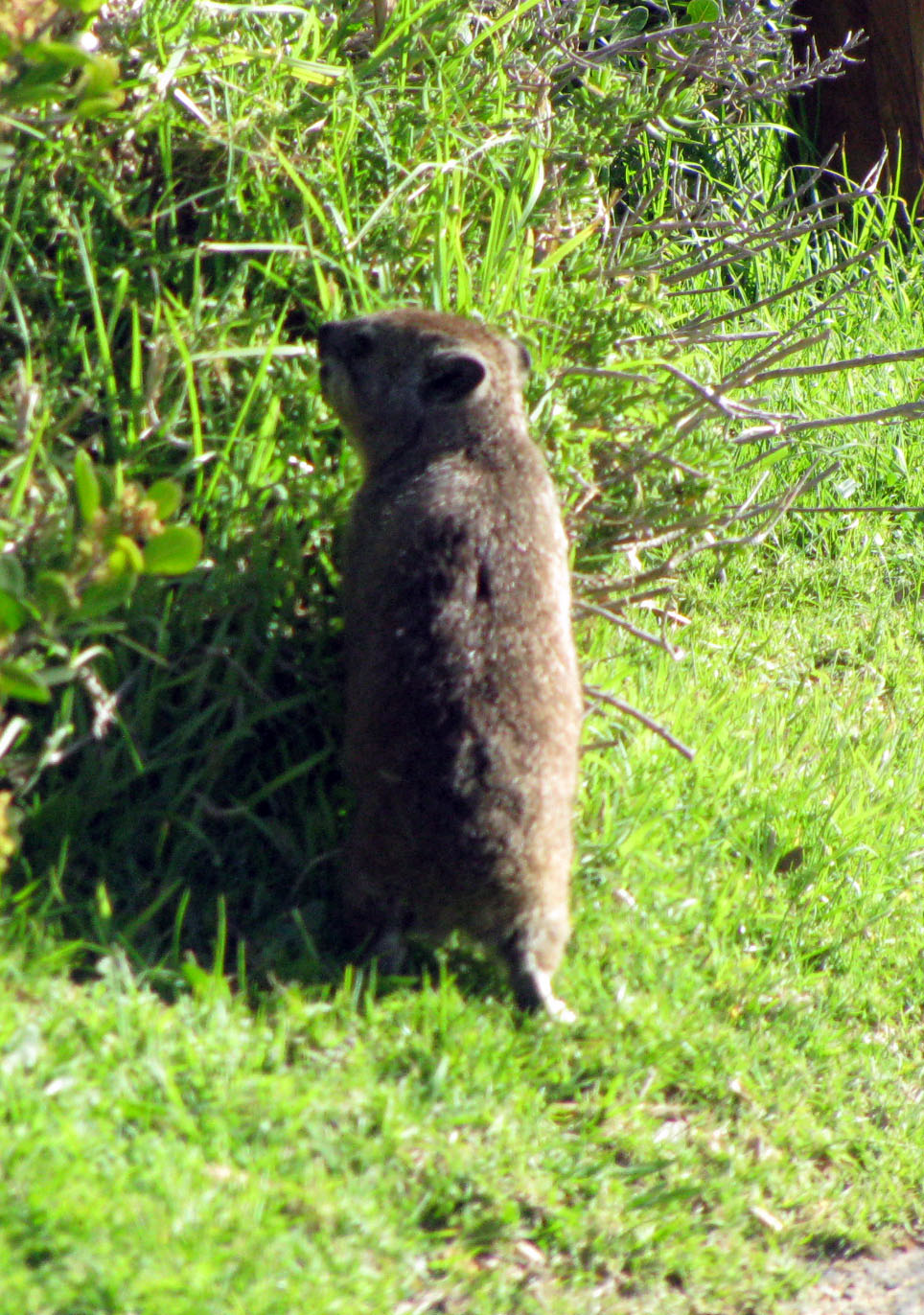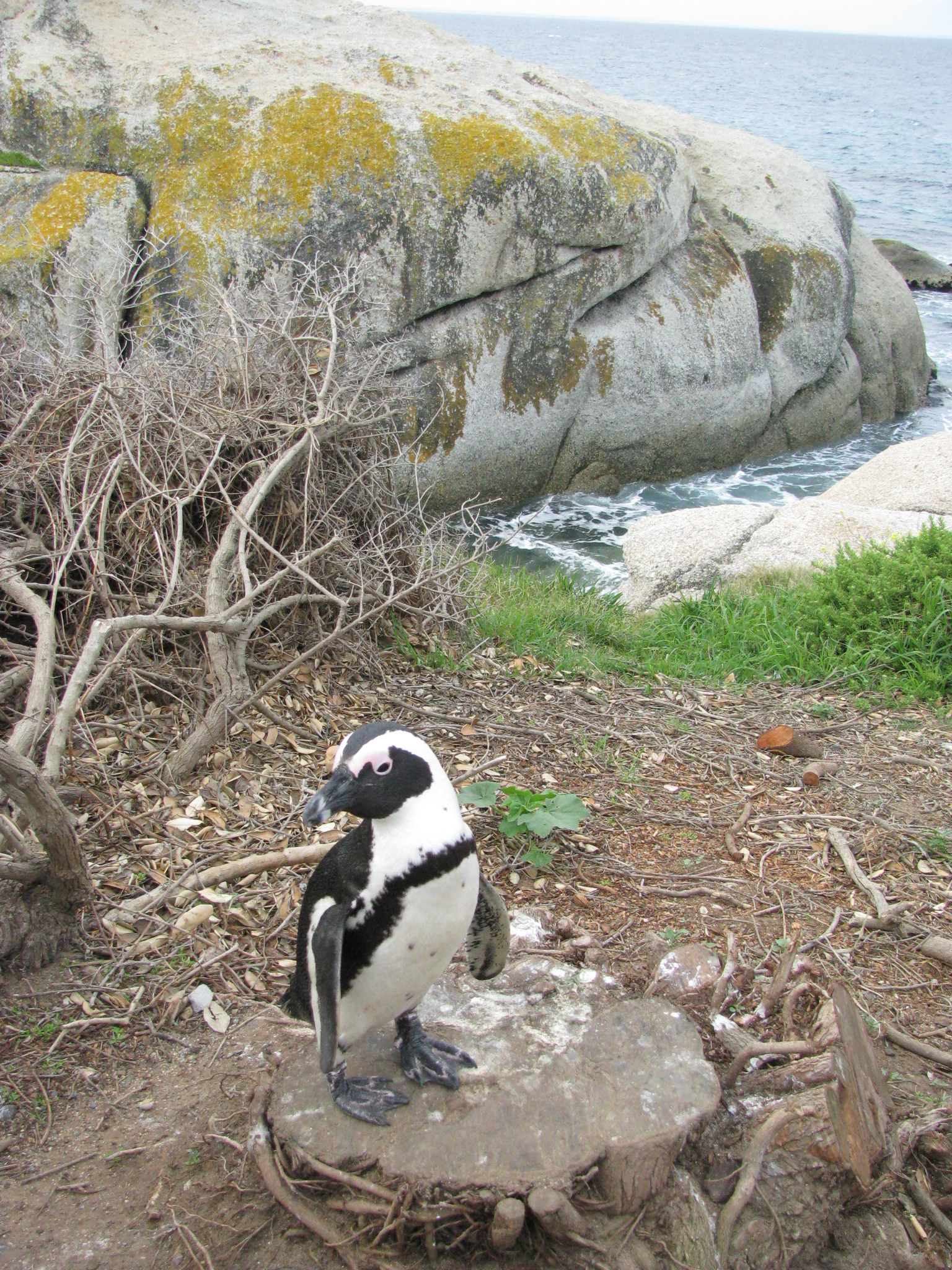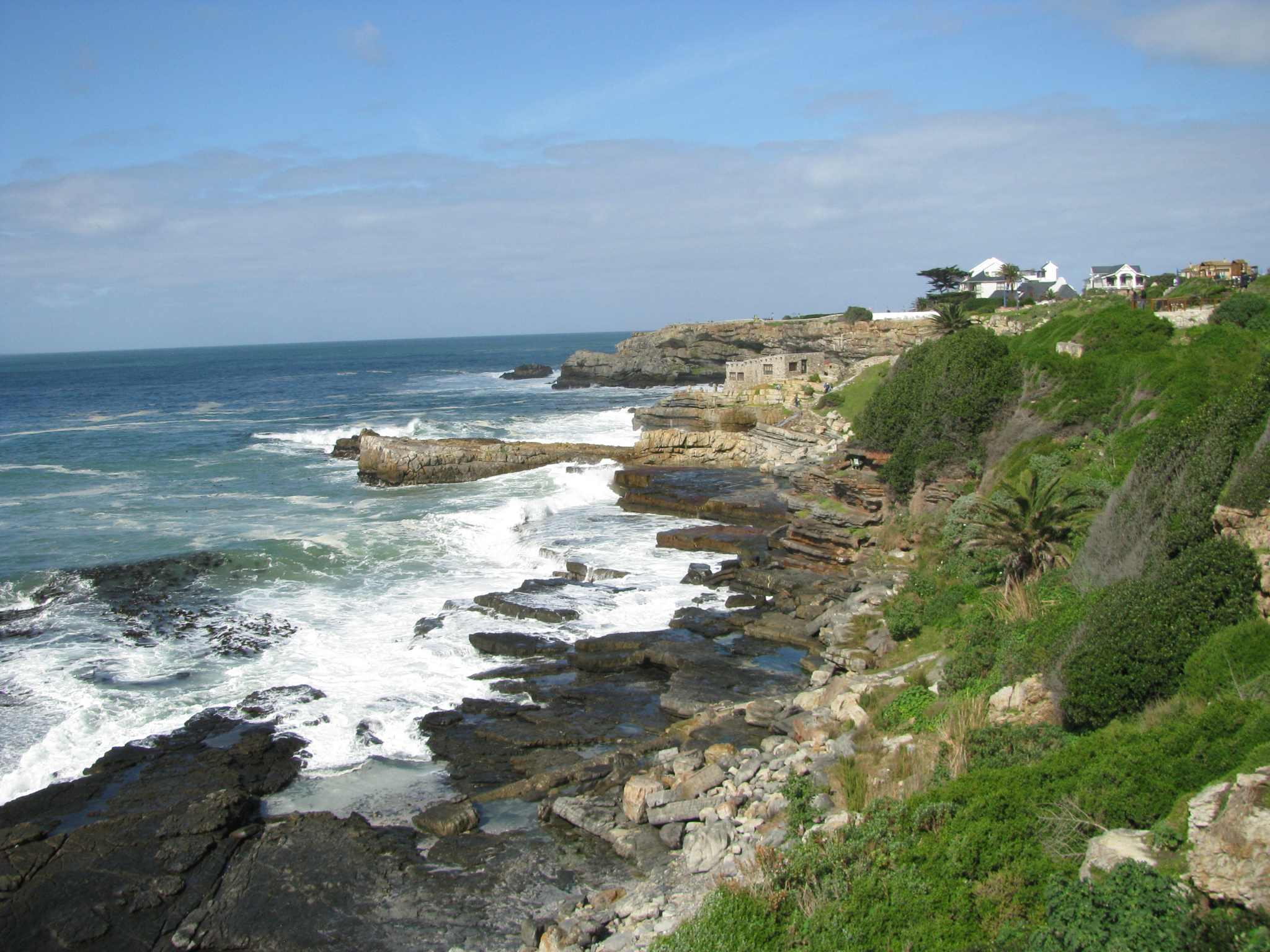The History and Beauty of Cape Town
European explorers and traders have been coming to Cape Town since the 15th century, although African tribes have been in this area far longer. Their history is quite complex, and I'm still learning about it, but apparently the end result is that while the Khoe San may have settled here first, Khosa has become the dominant cultural and linguistic group of the region. This language is probably most familiar to you as the language of Miriam Makeba's fantastic song "Pata Pata." It sounds beautiful, and I would love to learn some, but its use of many different types of clicks is highly intimidating!
The Dutch were the first to colonize the region, and it changed hands between them and the English a few times. Early explorers found the rough waves and rocky shores of the Cape to be one of the main challenges of getting around Africa and over to the goodies of south Asia, and dozens of shipwrecks dot the waters around the Cape. Cape Town may hwhereave been daunting for sailors in the past, but what was formerly called the Cape of Danger is now the Cape of Good Hope and is an incredibly pleasant and attractive tourist destination. Today this sprawling, multi-cultural city is home to 3.5 million people, living in homes that run the gamut from crowded shanties to enormous, gaudy mansions, sometimes in quite close proximity to one another.

South African wildlife is incredible. I've only been here for a few weeks, and I haven't even left the general Cape Town vicinity, and still I feel like I've seen a fair number of native animals. As you head south from the city center, the terrain becomes rockier and higher, and soon there are steep, dramatic cliffs jutting into the Atlantic Ocean to the west and False Bay to the east. Whales, seals, and penguins all live along the Cape's shores. Natalia, my fellow intern at ICTJ, and I took the train down to Simon's Town on Saturday, and we were stunned by how many penguins there were along the beach, squawking away, completely unafraid of the many visitors snapping their photos. We hired two friendly Zimbabweans with a beat-up van, which they proudly presented as their "private tourism taxi company," to drive us down to the very tip of the Cape, where we at one point were stopped in the road because of a family of lounging baboons which didn't feel much urgency in getting out of our way. Cute fellas, though! Everywhere I turn there's a new animal -- guineafowl, rock hyraxes (here, known as "dassies," and resembling giant guinea pigs), and black, dragon-like lizards can be frequently spotted just sauntering down the road or hanging out under the bushes. And apparently there are even zebras that roam the sides of Table Mountain, though unfortunately I haven't been able to spot one yet!




